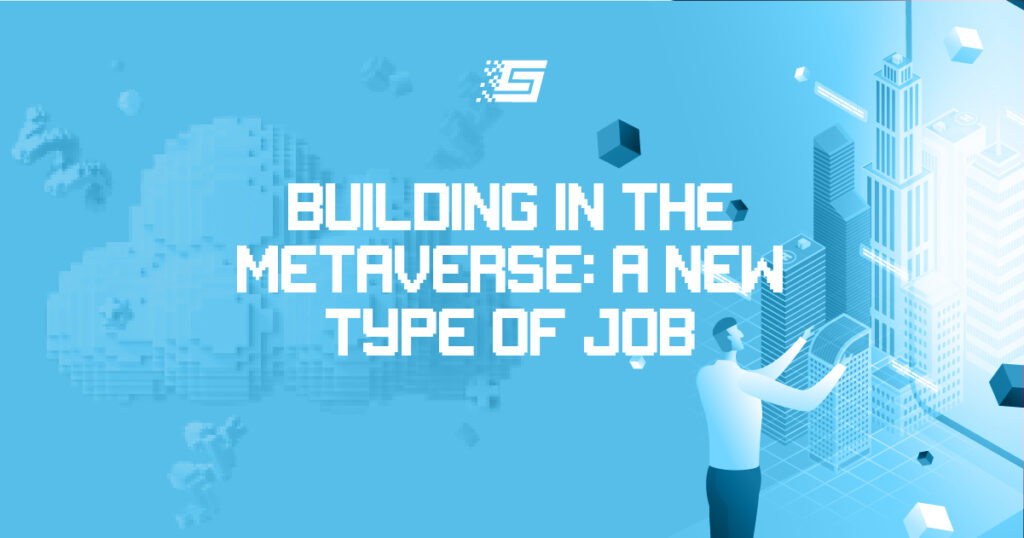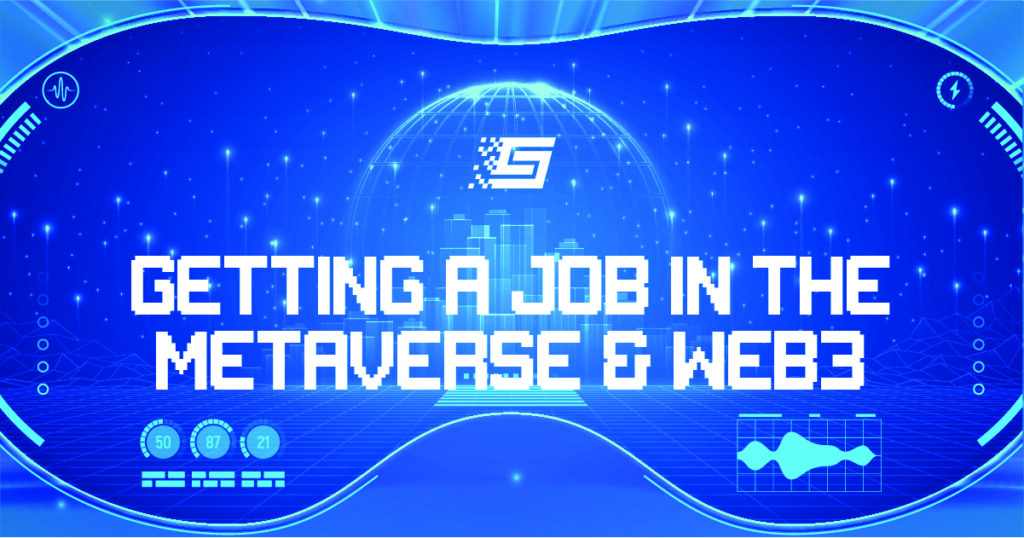DAO – Decentralized Organizations Explained
DAO is used as an acronym for Decentralized Autonomous Organization – a group of people who abide by certain rules, sharing a common goal in a particular business. These rules, written into the code of an organization via smart contracts, work by using algorithms that execute once specific conditions are met.
Organizations like these can have pretty much any purpose. There is no single governing authority, and that is what makes it a “decentralized” form of governance. Everyone who agrees to buy into the DAO has a stake in the business of the organization.
DAOs use blockchain technology, which works as a ledger, recording everything that goes on within the group. This could be things such as currency changing hands or decisions made as a group. Examples of DAOs could include anything from crypto investors collecting NFTs to social club publication incubators.
Web3 advocates predict that DAOs represent the next logical step in the world of business. All major decisions in running a business or project are divided among everyone within the organization. The process runs automatically on the blockchain. In theory, bad decisions or policies that may be of self-interest in nature, like we see in conventional leadership, could be eradicated completely.
What Might This Look Like In Action?
Imagine you run a shipping business – if that business were a DAO, it wouldn’t have a governing board, therefore everyone involved would automatically have a say in each decision the organization would make. Calculations such as inventory replenishment, shipping costs, and even demand for certain products would all be taken care of automatically by the said algorithmic smart contracts. The business would actually run itself and eliminate the need for positions in management.
But, while the DAO concept works effectively in theory and also relatively well within the world of cryptocurrency and DeFi, seeing it used within real-world corporations may not happen any time soon.
Let’s take an example of the use of algorithms. They might indicate and even organize an increase or decrease for your product pricing in relation to demand, but what about instances such as a factory explosion or a worker strike? What could the AI do then?
It is a stretch to imagine smart contracts anticipating better than human beings. There is a very profound difference between creating trust in transactions and actual trust in relationships, never mind seeing that in organizations and communities.
DAOs need to contend with fraud and security risks. Some have managed to raise a large amount of funding, only to “pull the rug” from under the investors’ feet. Others have difficulty guarding their resources against cyberattacks. The DAO Friends With Benefits had to relaunch their token after a major hack. When a breach occurs, you can consider that money stolen; it is almost always gone for good. This happened to the original DAO (aptly named “The DAO”) after it raised 150 million dollars worth of Ether.
How Do DAOs Work?
Sounds good, but how does it work? And does the system really guarantee trust? When creating a DAO, developers will write rules into the smart contract code, programmed to run as certain actions occur. Everyone in the organization agrees to the rules upon buying into the group. If those rules are violated, the organization’s funds are locked away, and nobody can use the DAO from then on. In theory, this guarantees that everyone follows the rules.
Each DAO has a built-in treasury for storing its cache of digital currency (or NFTs). Members can gain access to it only with the approval of the group. The group’s members make decisions affecting the organization collectively during a set period.
Creating And Launching A DAO
Creating a Smart Contract: Developers of a DAO code the smart contracts dictating the rules of the group and also set out the group’s purpose. This stage involves extensive code testing because the rules can only change through group voting, as described, once the DAO goes live.
Raising Funds: DAOs run on a shared cache of currency, which its members must raise. Here, people can buy into the group if they see potential and support the mission. They agree to purchase NFTs or a certain amount of tokens that give them a stake. Governance rules need establishing at this point for potential investors.
Launching the DAO: The DAO’s code is deployed on the blockchain. Once this step is complete, it can only be changed via the collective vote of the stakeholders. Original developers no longer have any control over the project unless they have invested.
Investing In DAOs
Since everyone shares the risk, everyone will have a vested interest in ensuring the DAO runs effectively and practically. The group members share the rewards – if the project does well, the members of the organization will receive more of a given currency. With a sound strategy, that currency generally increases in value as the DAO’s ecosystem grows and develops.
Those who buy into the project can have a say in the decision-making of the group. Again, any new proposals must go through a session of voting with approval from the majority of stakeholders before any changes can take place.
To buy into a DAO, you must first hold whatever crypto token the DAO runs on, which is often a token unique to a DAO, like Friends With Benefits, which runs its whole ecosystem on the $FWB token. Smart contract-encoded rules can include using the cryptocurrency to purchase things within the ecosystem, such as NFTs that unlock utility within the ecosystem, digital magazine subscriptions, or a piece of virtual land.
Does This Model Solve The Corporate World’s Problems?
Maybe not. A lot of people who see any feasibility in the use of DAOs seem to think having some kind of combination of the old and new systems would be the best solution. The idea might work effectively if human employees oversaw a system of smart contracts, but even that could be messy. As with other concepts in the Web3 space, they work well only for particular communities.
DAOs can actually slow down productivity if a group is having a hard time reaching a consensus. They will surely need some working on before wide-scale adoption happens.


